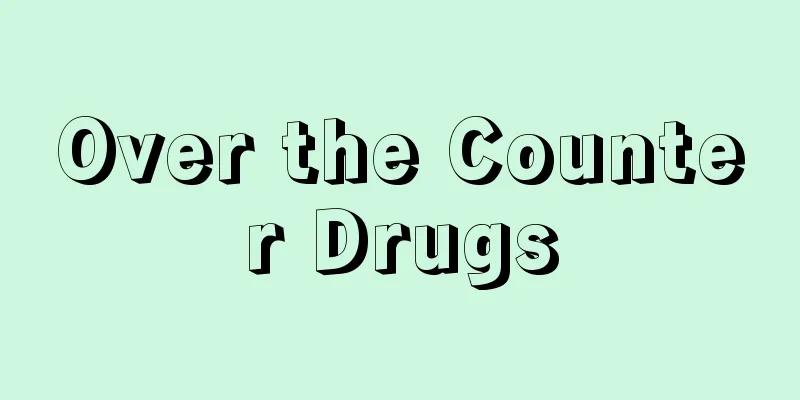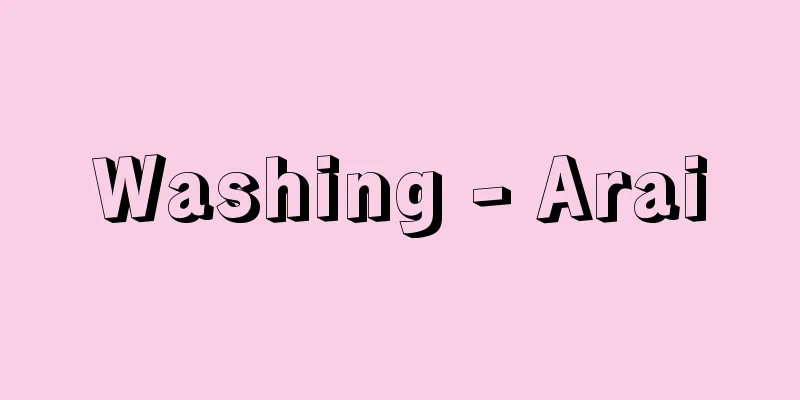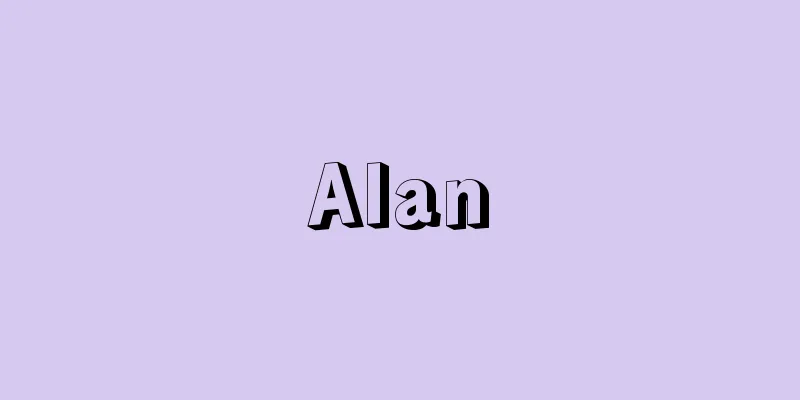Over the Counter Drugs

|
Prescription drugs are medicines that are used mainly based on the diagnosis and prescription of a doctor at a hospital or other medical institution. Because they are highly effective and can sometimes cause serious side effects, a doctor must give instructions on their use based on the patient's symptoms and constitution. They are used for a wide range of diseases. On the other hand, over-the-counter drugs are medicines that can be purchased at pharmacies and drug stores without a doctor's prescription. They are also called general medicines, popular drugs, and over-the-counter drugs. Because they are sometimes handed over over the counter at pharmacies and drug stores, they are also called OTC drugs, short for over-the-counter drugs. Compared to prescription drugs, they are milder in effect and there is relatively little risk of side effects. Patients and their families purchase and use them at their own discretion based on subjective symptoms in the early stages of an illness, or in cases of mild headaches, diarrhea, injury, etc. However, the diseases they are intended to treat are more limited than prescription drugs. Recently, in order to reduce medical costs, the idea of "self-medication," in which patients treat themselves with over-the-counter drugs when the illness is in its early stages or symptoms are mild, is becoming more widespread. In addition, the revised Pharmaceutical Affairs Law came into effect on June 1, 2009, and OTC drugs are now classified and sold according to the level of risk of side effects, etc. into three types: Class 1 drugs, which are particularly high-risk, Class 2 drugs, which are relatively high-risk, and Class 3 drugs, which are relatively low-risk. Class 1 drugs include hair growth drugs such as minoxidil (brand name: RiUP) and H2 blocker gastrointestinal drug famotidine (brand name: Gastar 10). Pharmacists must provide information on these Class 1 drugs. However, information on Class 2 and Class 3 drugs may be provided by newly emerged "registered sellers" who are not pharmacists. As a result, Class 2 and Class 3 drugs, which account for about 90% of OTC drugs, can be sold at convenience stores and supermarkets if there are registered sellers. (Chikako Kobayashi, Freelance Writer / 2009) Source : "Chiezo" published by Asahi Shimbun Publications Co., Ltd. About Chiezo |
|
医療用医薬品は、主に病院などの医療機関の医師の診断と処方に基づき使用される医薬品である。効き目が強く、ときに重大な副作用を起こす危険性があるため、医師が患者の症状や体質などに応じて使用を指示する必要がある。対象となる疾患も多岐にわたる。 一方、一般用医薬品は、医師による処方箋(せん)がなくても薬局・薬店で購入できる医薬品である。一般薬、大衆薬、市販薬などとも言われている。薬局・薬店のカウンター越しに手渡されることもあるため、Over the Counterdrugを略してOTC薬と呼ばれることもある。医療用医薬品に比べて効き目は穏やかで、副作用の心配も比較的少ない。患者やその家族が病気の初期の段階や、軽い頭痛や下痢、けがなどの場合に、自覚症状に基づいて自らの判断で購入して使用する。ただし、対象となる疾患は、医療用医薬品に比べて限られている。 最近では医療費節減の面からも、病気の初期の段階や軽い症状の場合は一般用医薬品によって患者が自ら治療する「セルフメディケーション」という考え方が広がりつつある。 なお、2009年6月1日からは改正薬事法が施行され、一般用医薬品は、副作用等の危険性(リスク)の程度に応じて、特にリスクの高い第1類医薬品、比較的リスクの高い第2類医薬品、リスクが比較的低い第3類医薬品に分類されて販売されることになった。第1類医薬品には、発毛剤のミノキシジル(商品名:リアップ)、H2ブロッカー胃腸薬のファモチジン(商品名:ガスター10)などが分類されている。これらの第1類医薬品の情報提供は薬剤師が行わなければならない。ただし、第2類、第3類医薬品の情報提供は薬剤師以外の専門家として新たに登場した「登録販売者」が対応してもよいこととなった。これにより、一般用医薬品の約9割を占める第2類、第3類医薬品は、登録販売者がいればコンビニエンスストア、スーパーでも販売が可能になる。 (小林千佳子 フリーライター / 2009年) 出典 (株)朝日新聞出版発行「知恵蔵」知恵蔵について 情報 |
<<: Medical Reactor - Iryogenshiro
>>: Medical insurance system - Iryohoshioseido
Recommend
Nikopoli - Nikopoli (English spelling) Nikopoli
A city in southern Ukraine. It was called Nikitin...
Geometry Exercises
…This is known today as Cavalieri's theorem. ...
Uighur (English spelling)
A nomadic tribe of Turks. In 744, Turk Get They de...
Yoshimasa Ashikaga
The 8th Shogun of the Muromachi Shogunate. Son of...
Provincia (English spelling)
The territories outside Italy acquired by the anci...
Washability
...Therefore, in order to predict and evaluate th...
Odawara Express Railway
...In addition to the Odawara Line that runs from...
Kanrenboku - Kanrenboku
... The Nyssaceae family is closely related to th...
Armidale - Armidale (English spelling)
A city in the northeast of New South Wales, Austr...
《Aktion》 - Aktion
...Schoenberg's tragic pathos, which called f...
Jilin - Shunei
A municipal district in the central Inner Mongoli...
Great white wagtail - Great white wagtail
...On the other hand, a subspecies of this specie...
Fragrance roasting
A general term for powder made from roasted rice ...
Public impeachments
A type of judicial procedure for the dismissal of ...
Kerll, JKvon
…Germany developed into two separate regions: Cat...









